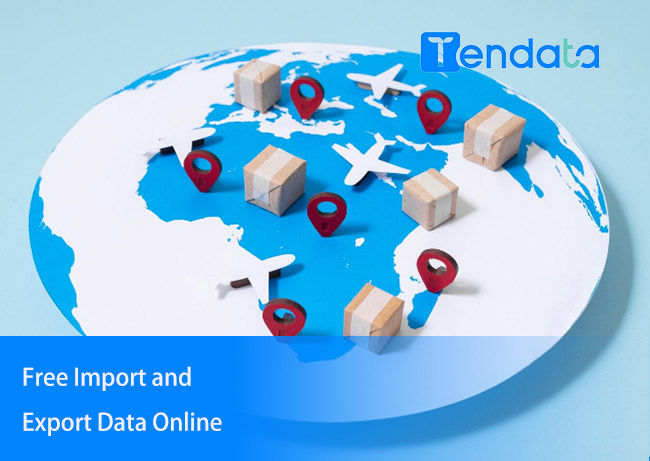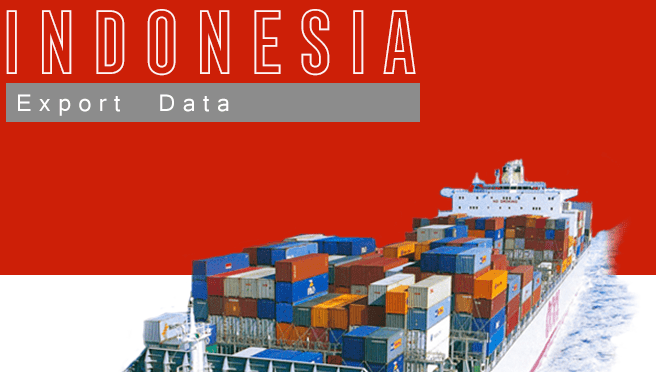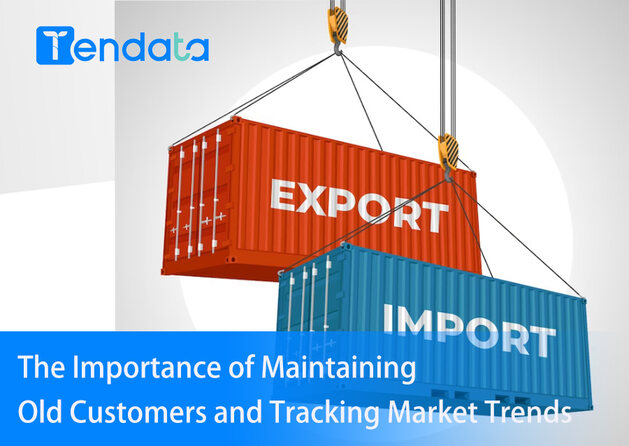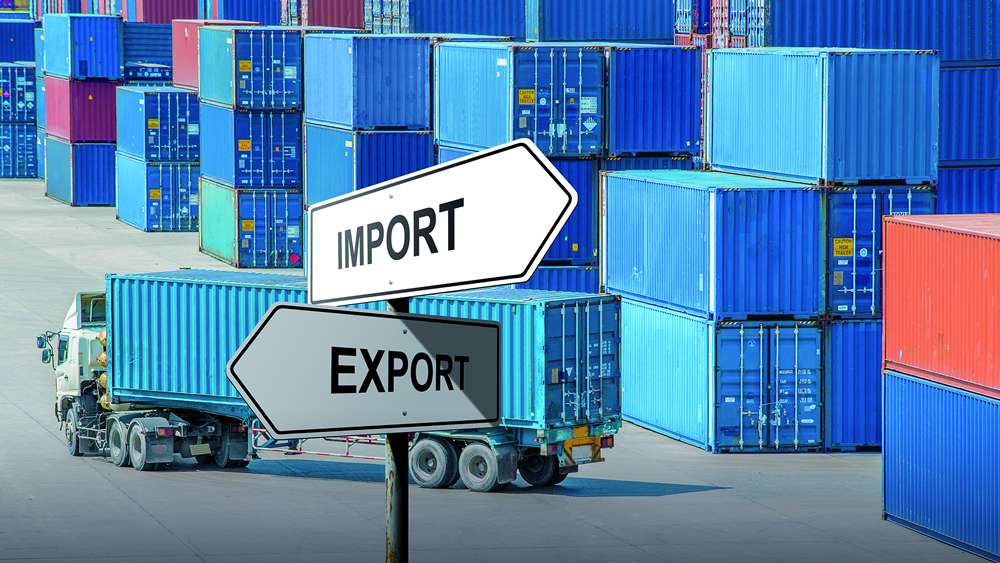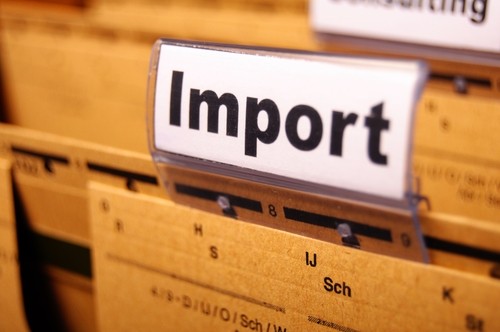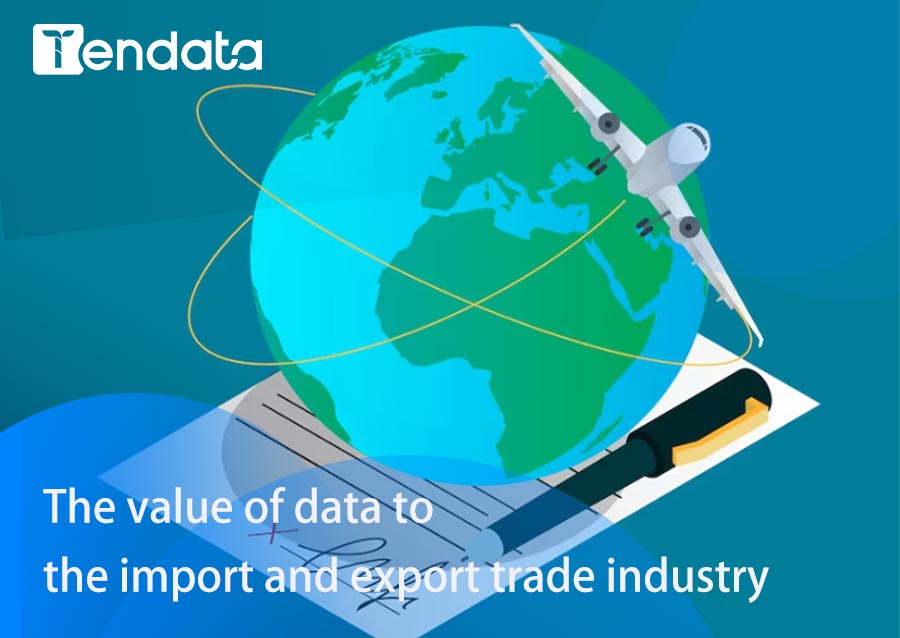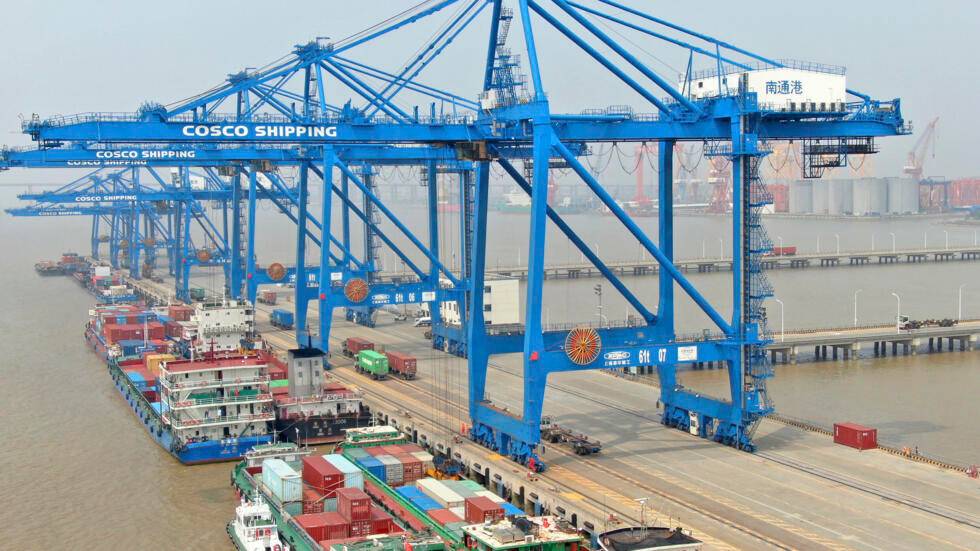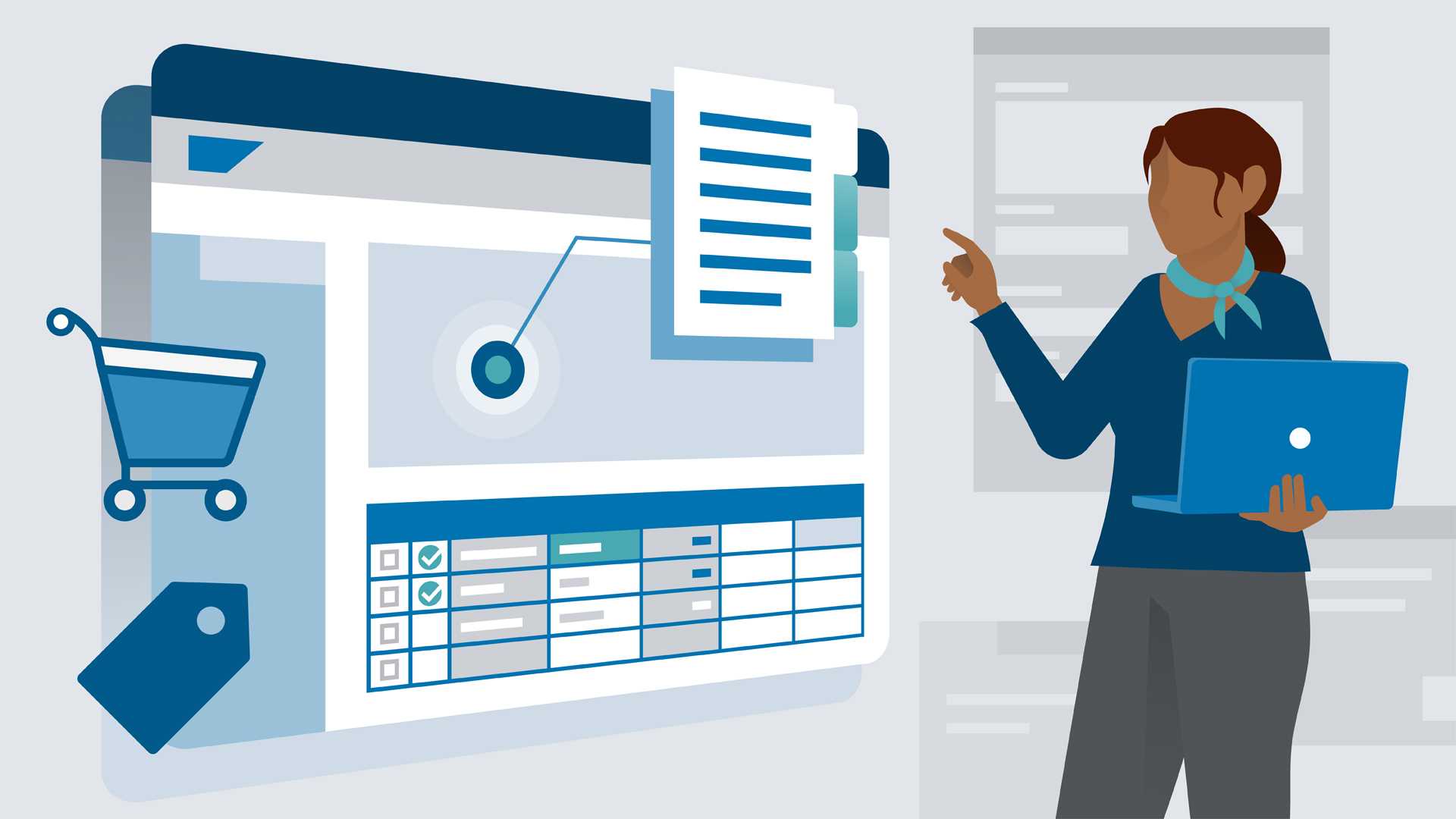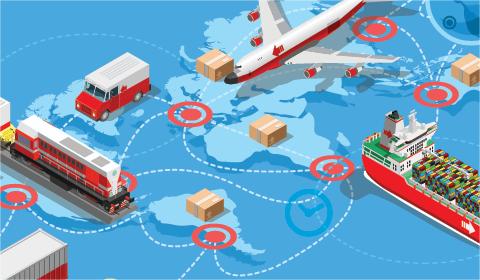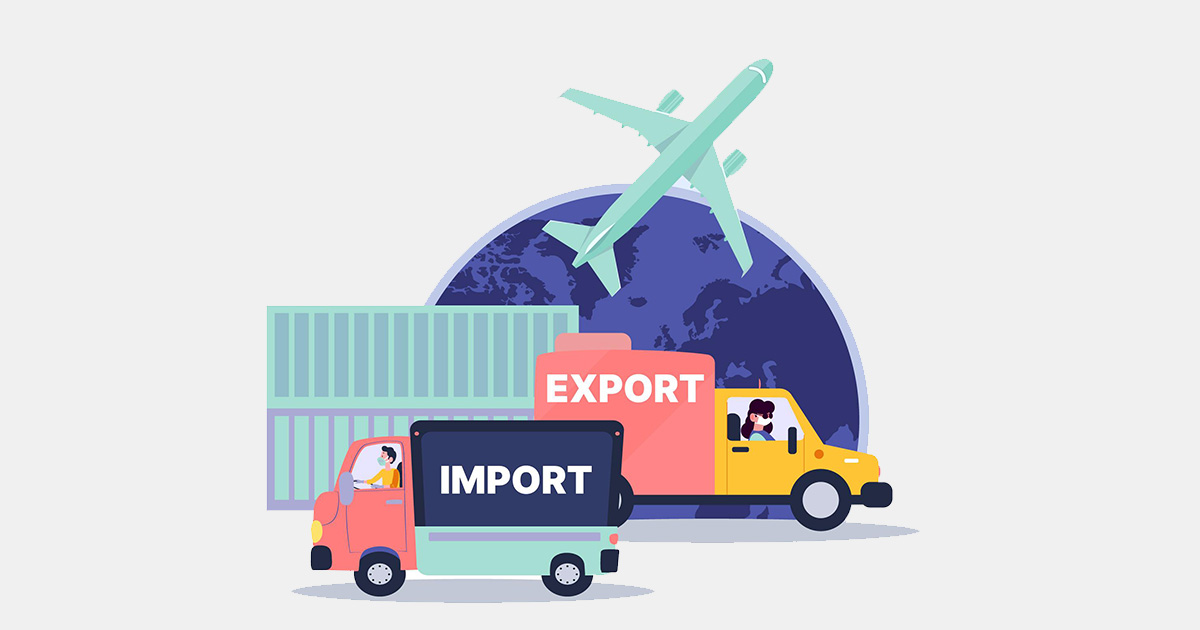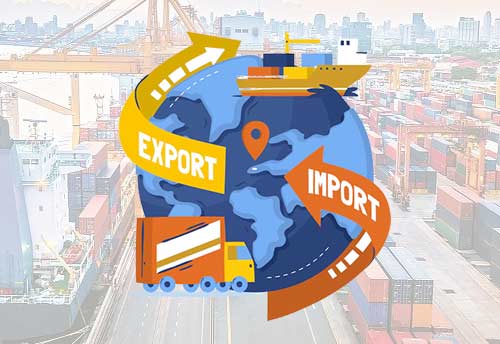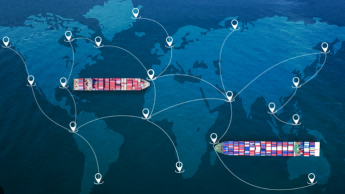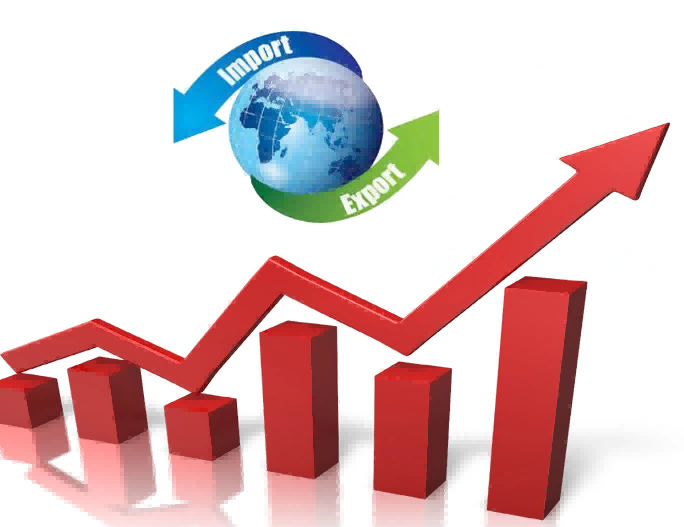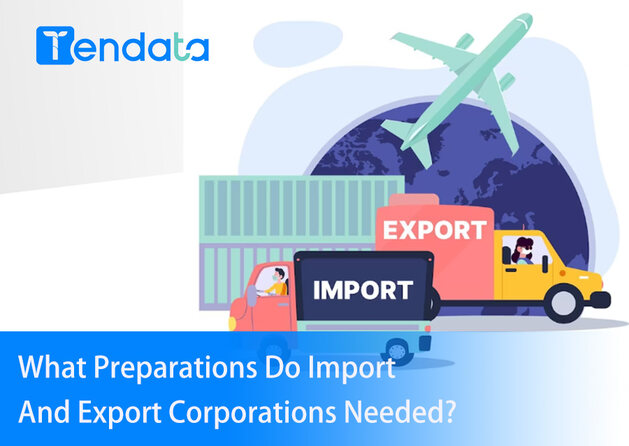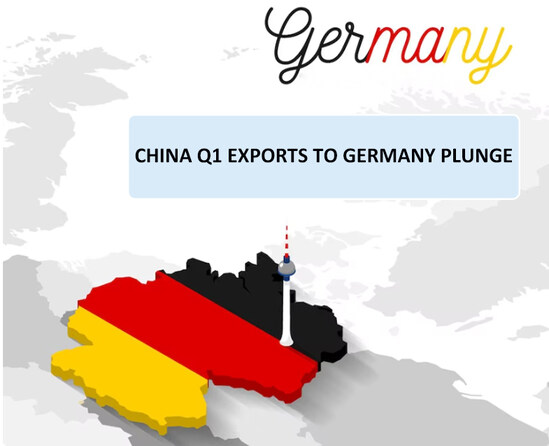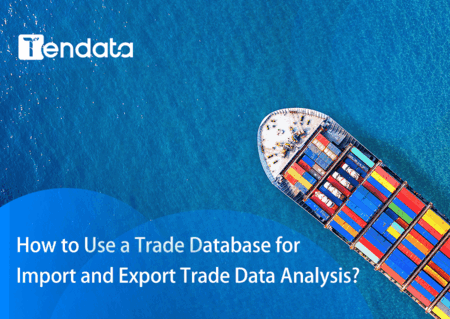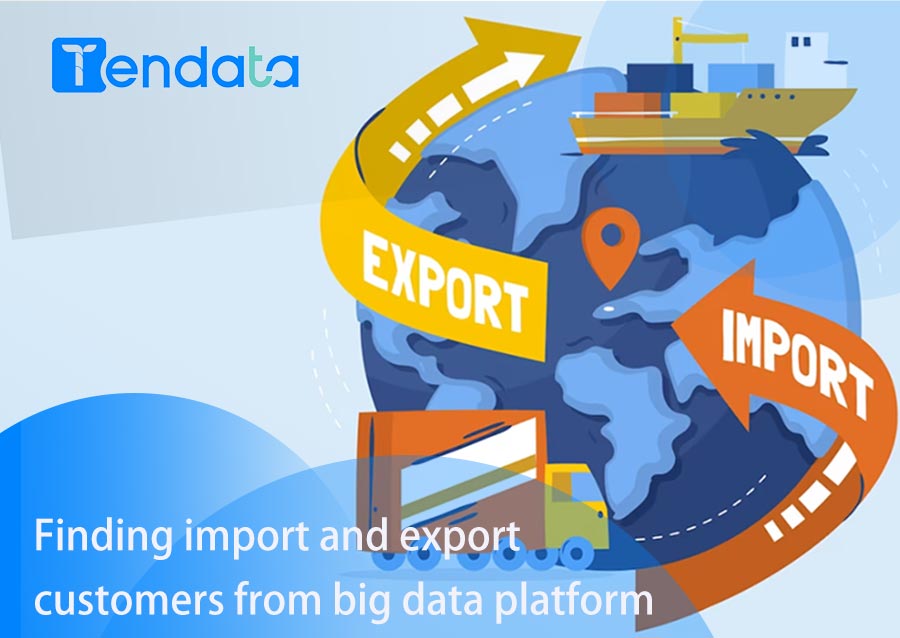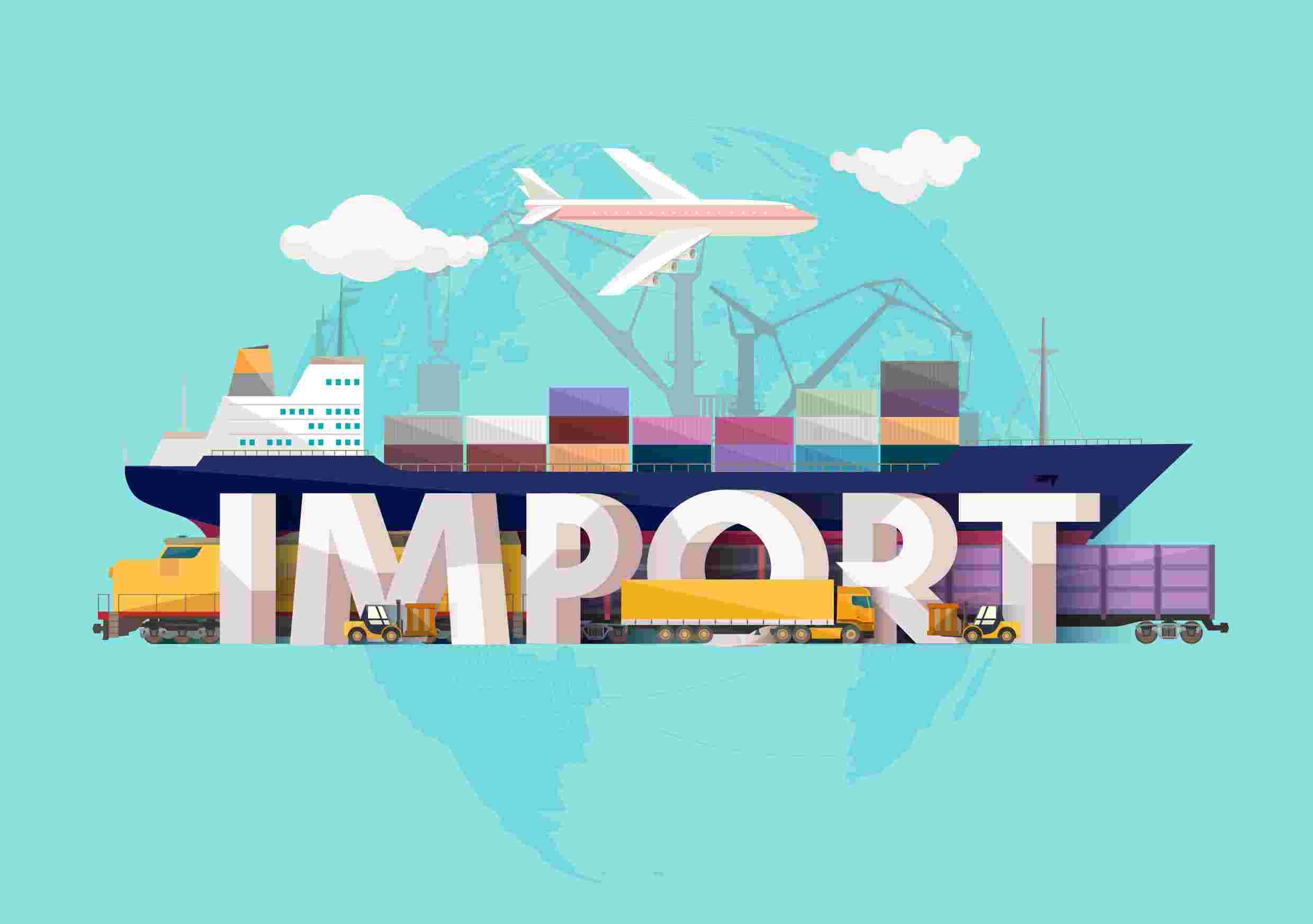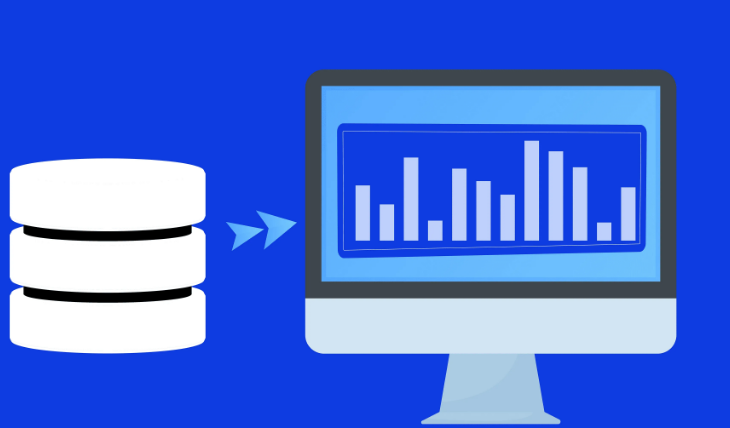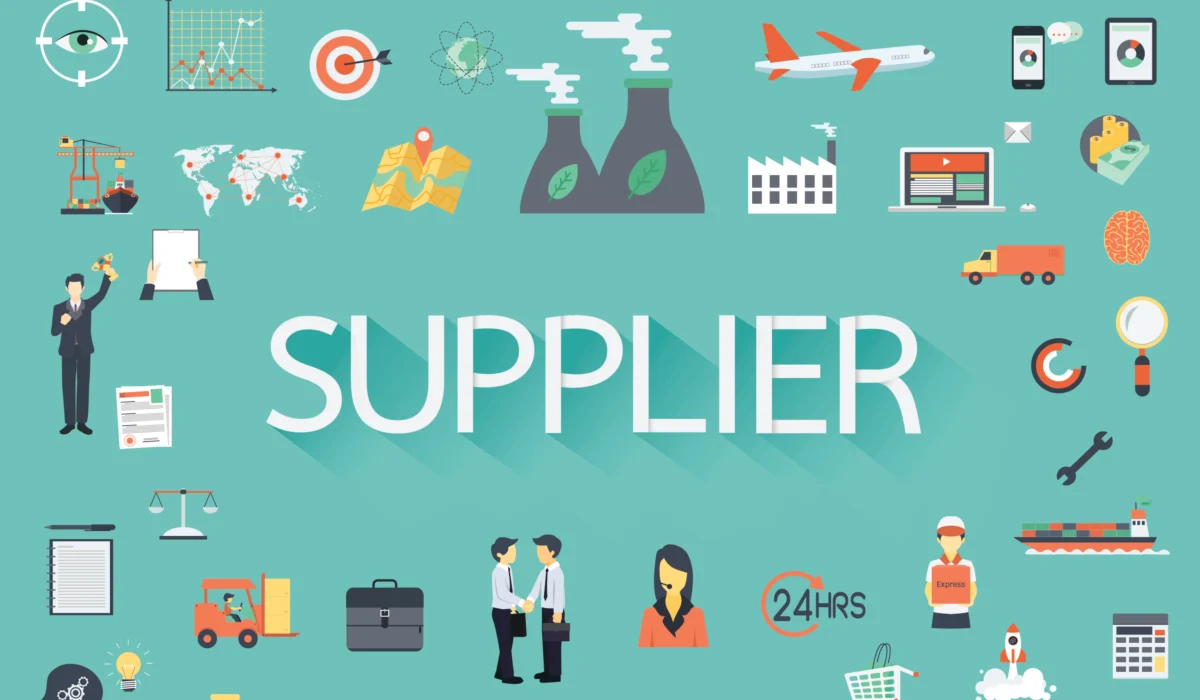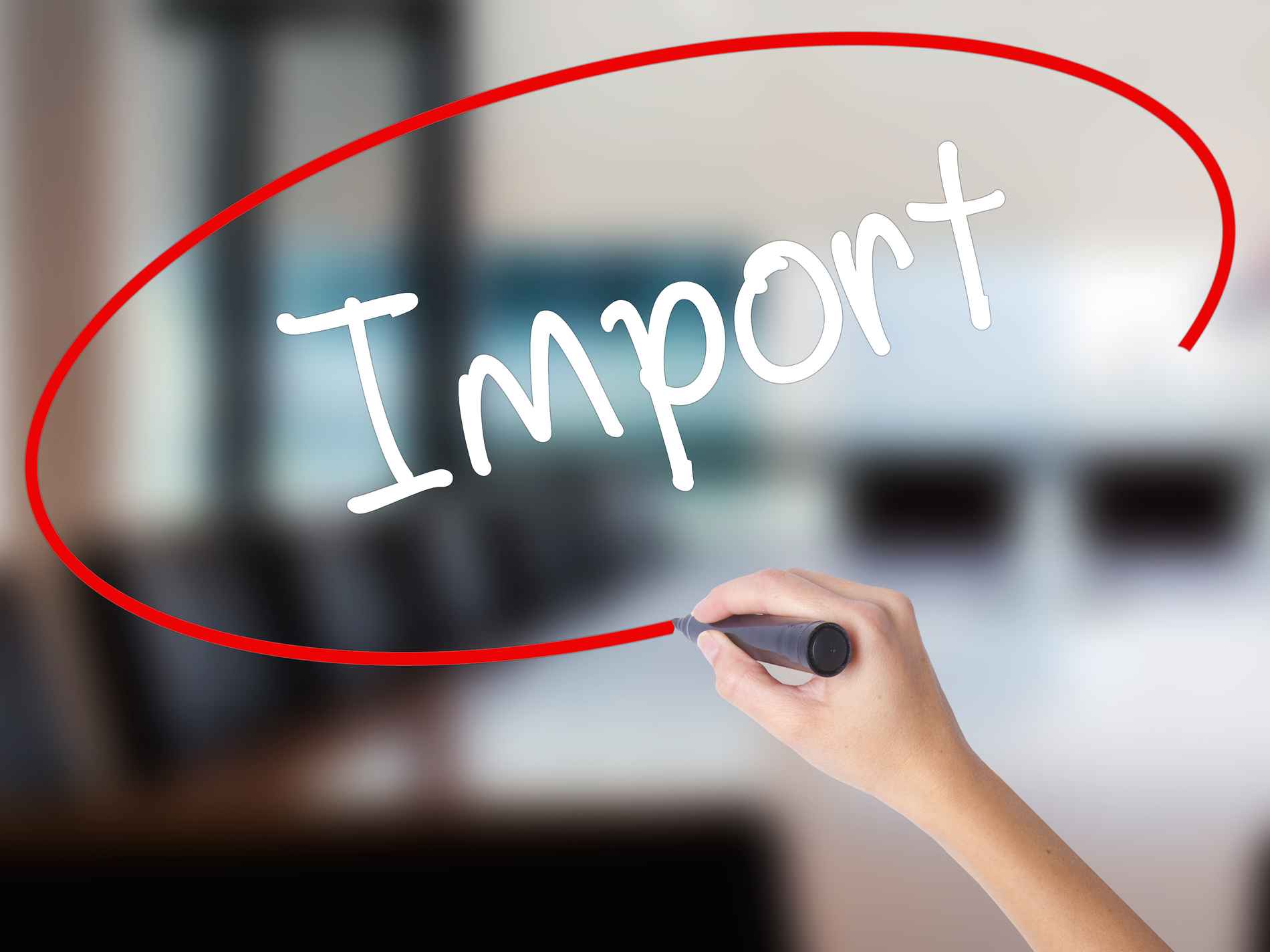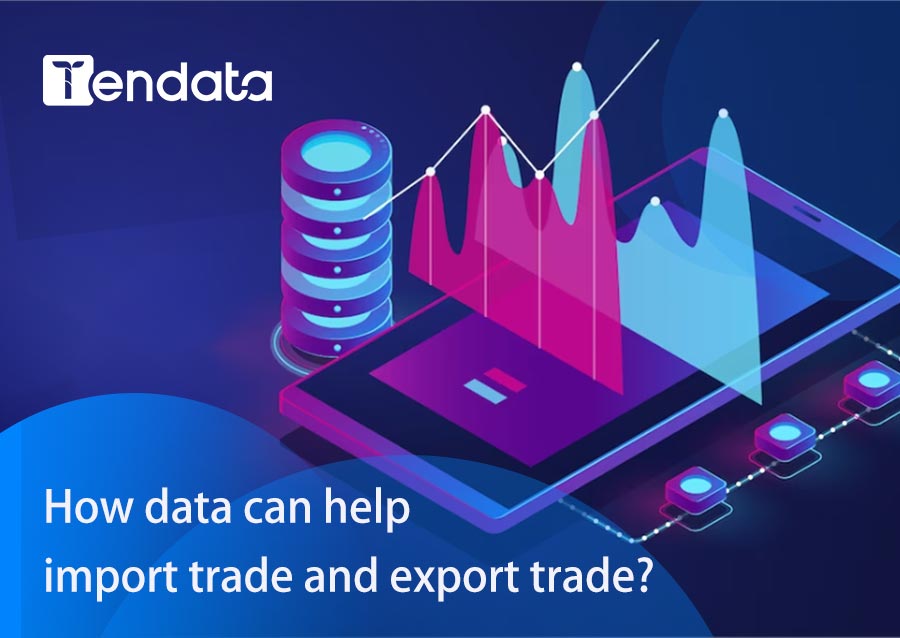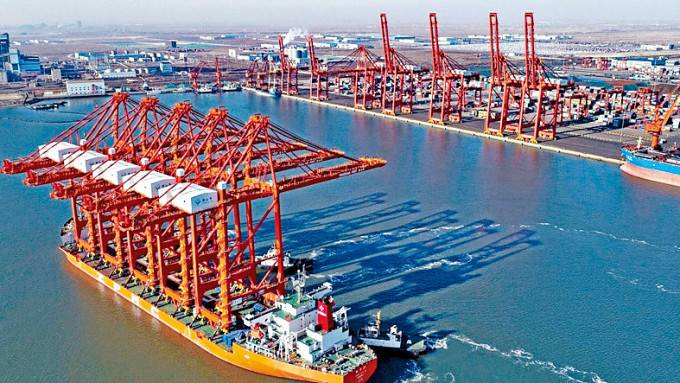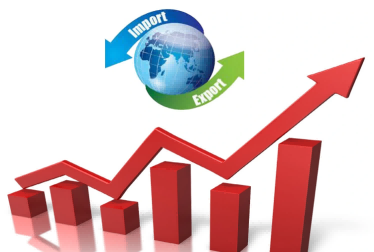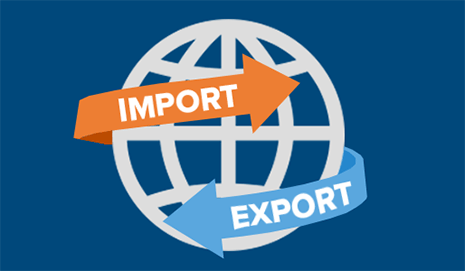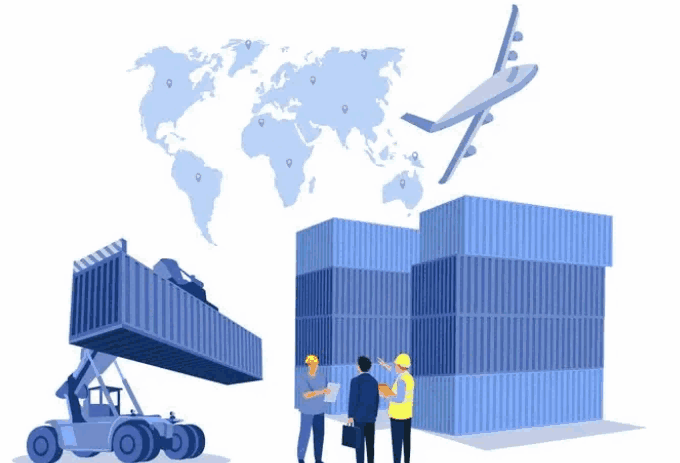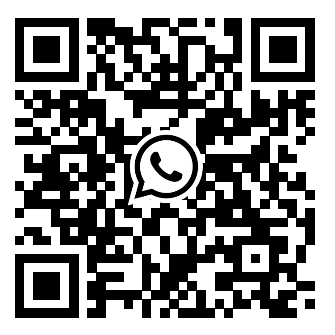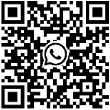 Trade Data Provider
Trade Data Provider
 2025-06-25
2025-06-25
B2B Client Sourcing Strategy:
Start by researching your competitors or target B2B clients → See who is purchasing from them → These buyers are your potential B2B clients.
Alternatively, look up a specific brand → See who they are buying from → This reveals their supply chain.
>> Free trial of trade data for 228 countries and regions <<

Ⅰ. Four-Step System for B2B Client Development:
1. Precisely Identify Target B2B Clients
Use product keywords or HS codes to quickly identify overseas buyers who have purchased similar products.
Focus on major importers in your target country or region. Prioritize clients with high purchase volume and frequent orders.
2. Deeply Analyze Purchasing Behavior
Use historical transaction records to determine buying patterns—e.g., seasonal or annual.
Reach out before their expected purchasing cycle begins.
If a client frequently switches suppliers, they may be price-sensitive or require high supply stability—adjust your pricing strategy accordingly.
3. Multichannel Contact Discovery
Search engines: Use Google with terms like "Company Name + email/contact" or "Company Name + LinkedIn."
Company website: Find contact details or submit an inquiry via the contact form.
LinkedIn: Search for the company and reach out directly to purchasing managers or decision-makers.
Social media: Use platforms like Facebook or Twitter to search company profiles or post about your offerings.
4. Evaluate B2B Client Quality Holistically
Assess the client’s scale using purchase volume and transaction value.
If they consistently buy from one country, breaking in may be harder. But if their suppliers are diverse, they’re likely open to new partnerships—giving you a better chance.
>> Free trial of trade data for 228 countries and regions <<
II. Practical Guide to Using Trade Data Tools
1. Official Trade Data Portals
Use cases: Exploring new export markets, verifying policies/tariffs/rules of origin, accessing macro-level trade statistics (usually without detailed bills of lading).
Core value: Understand official import/export lists, trade policies, tariffs, and statistics.
Recommended websites:
·Vietnam: www.customs.gov.vn – Check import/export lists; supports HS code search (e.g., semiconductor diodes).
·Japan: www.customs.go.jp – Provides detailed trade statistics by product category or country.
·Thailand: www.customs.go.th – Access statistical reports, import/export procedures, policies, and tariffs; supports HS code search. Includes import channels, popular models, prices, and exportable data.
·Singapore: https://www.customs.gov.sg/
Other key countries:
·China: http://www.customs.gov.cn/
·USA: http://www.cbp.gov/
·Australia: http://www.customs.gov.au/
·South Korea: https://www.customs.go.kr
·UK: http://customs.hmrc.gov.uk
·Germany: http://www.zoll.de/index.html
·France: http://www.douane.gouv.fr
·UAE: http://www.dubaicustoms.gov.ae
·South Africa: http://www.sars.gov.za
·Mexico: http://www.sat.gob.mx
·Chile: http://www.aduana.cl
2. Bill of Lading Platforms (Track B2B Buyers/Suppliers)
Use cases: Identify specific B2B clients, replace competitors, analyze supply chain paths.
Recommended sites:
·ImportYeti (USA market): http://www.importyeti.com – Search by buyer company name, address, supplier, purchase volume, price, shipping method, transaction frequency, supplier map, recent ocean shipments.
Example: Search results for LED include transaction frequency graphs, supplier lists, product details, relational graphs, shipping records.
Limitations: U.S.-only data.
·Port Examiner (USA market): http://portexaminer.com – Provides bills of lading including product description, quantity, weight, shipper/consignee info.
Limitations: Less timely, mainly raw data. Users may need to export data for further processing.
·Zauba (India): http://www.zauba.com – Indian customs data, supports HS code search.
·France Customs: http://www.douane.gouv.fr – Offers partial import/export trade data in French. Useful for understanding the French market.
Other countries:
·UK: http://www.uktradeinfo.com
·India: https://www.eximguru.com
·Indonesia: http://www.beacukai.go.id
Ⅲ. Professional Trade Data Systems (Deep Analysis & Global Insights)
Use cases: In-depth B2B client analysis, global market insights, complete bill of lading details, supply chain mapping.
Provides detailed shipment data (buyer/supplier, ports, product, quantity, price), analyzes purchasing cycles and supply chains, and supports global market research.
Example Platform – Tendata: https://www.tendata.com
Filter buyers using product keywords or HS codes.
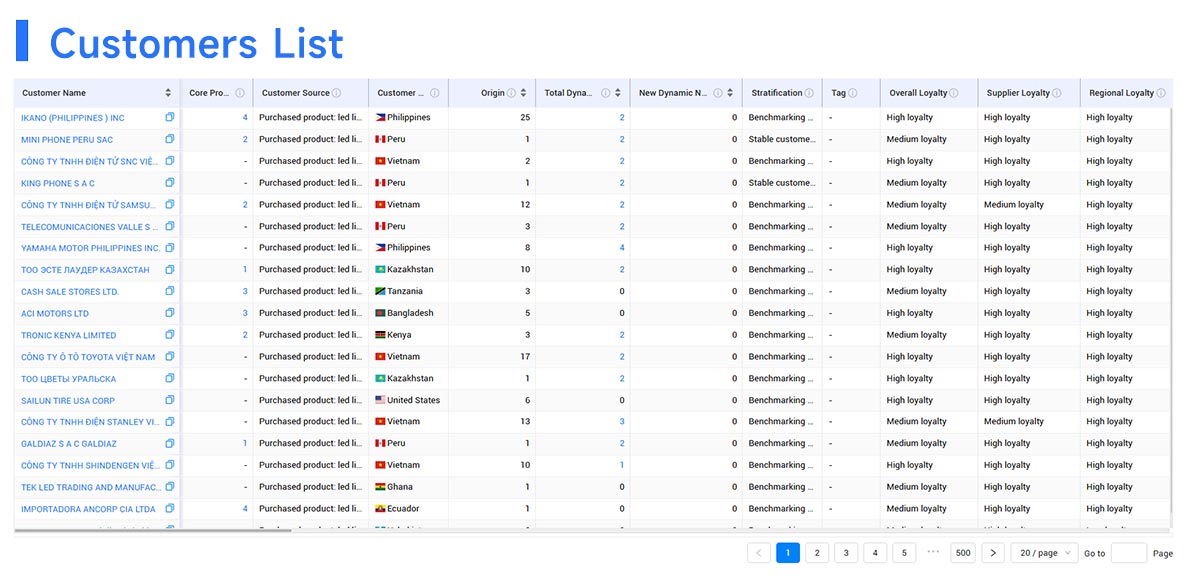
View supply-demand relationship maps and purchase trends for B2B clients.
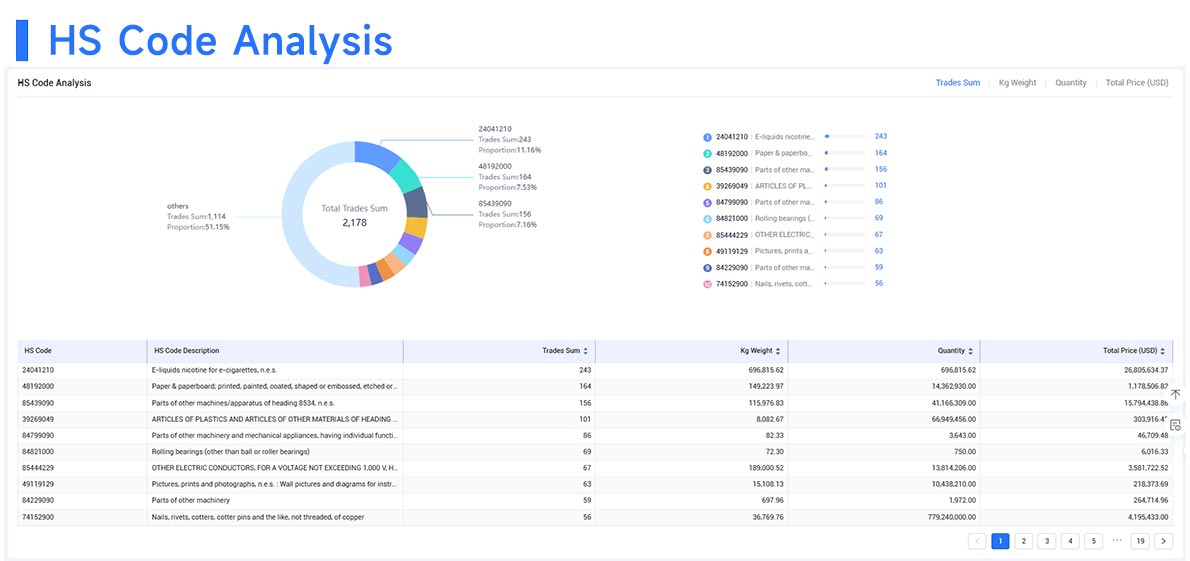
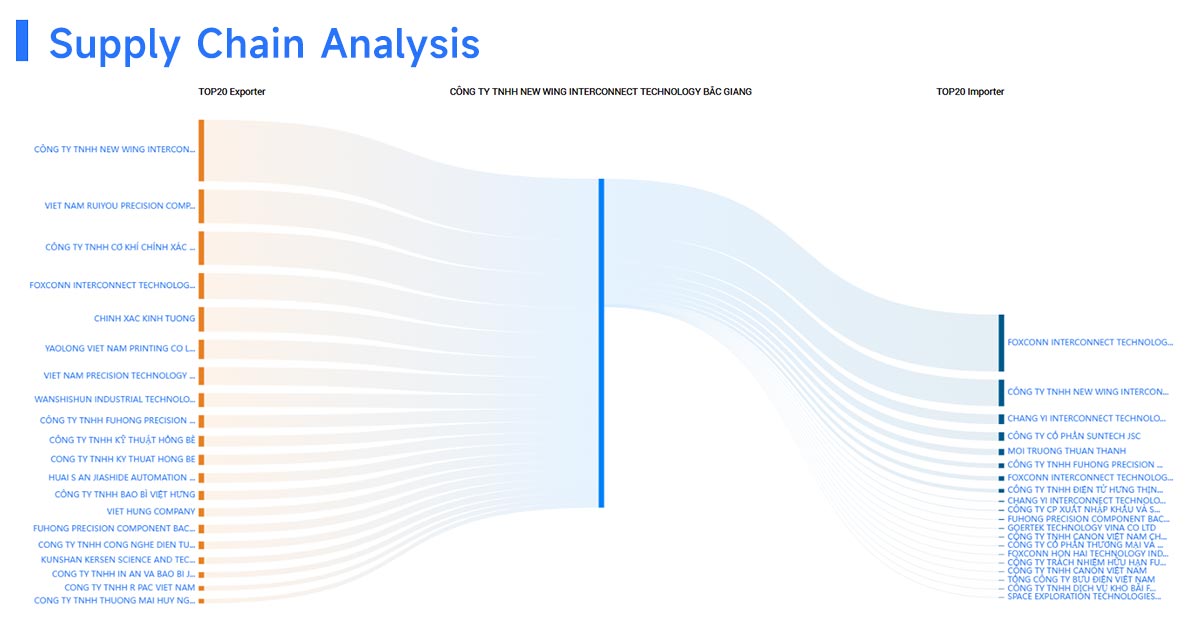
Analyze top importing countries/companies in the past 3 years, China's market share, and a detailed buyer list.
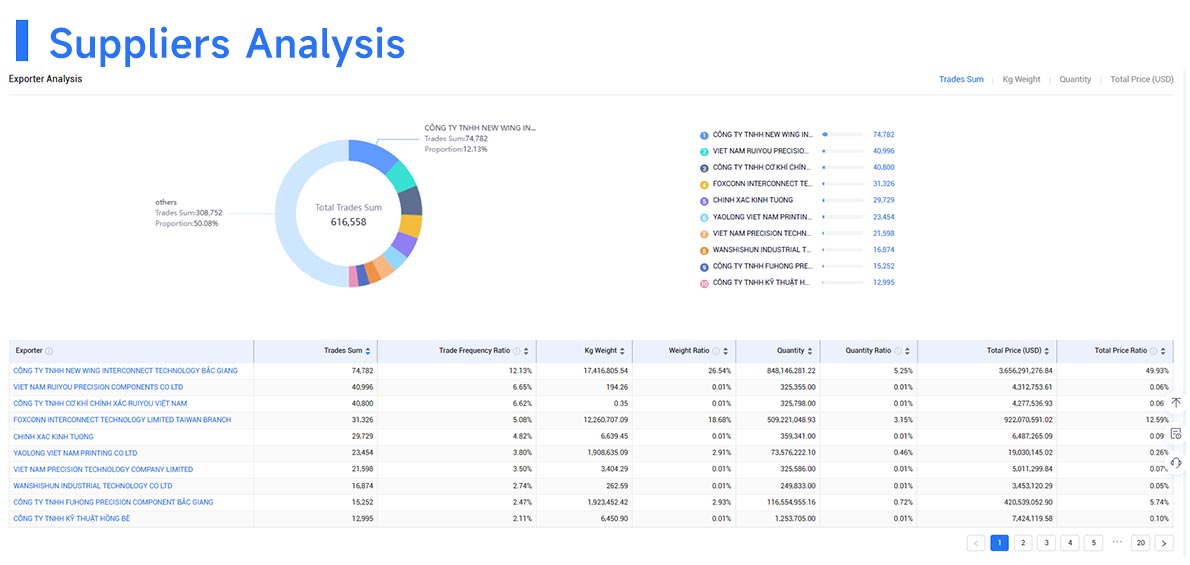
Deep-dive into importer data with year-by-year trade transaction analysis.
From Data to Action:
Find decision-makers on LinkedIn: Locate key people like purchasing managers or CEOs.
Precise outreach: Use email-finder tools like Hunter to collect contact emails.

Data is a goldmine—its value lies in action. Proactively analyze and engage, and you’ll shift B2B client resources from your competitors to you. Let data become your ultimate tool in expanding international trade.
You may also be interested in:
1. The Best 10 Free Trade Data Platforms to Make Import & Export Easier!
2. What is the Best Global Trade Database?
3. Free Import and Export Data Online
Category
Leave Message for Demo Request or Questions


 T-info
T-info T-discovery
T-discovery

 My
Tendata
My
Tendata Market Analysis
Market Analysis Customer
Development
Customer
Development Competitor
Monitoring
Competitor
Monitoring Customer Relationship
Customer Relationship